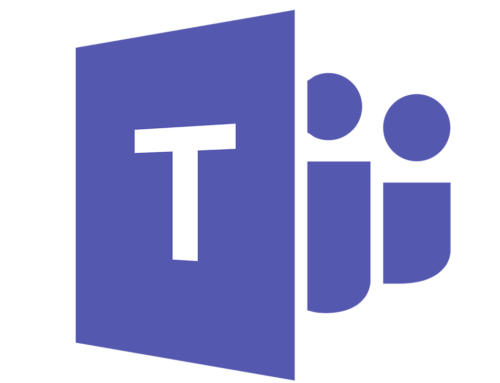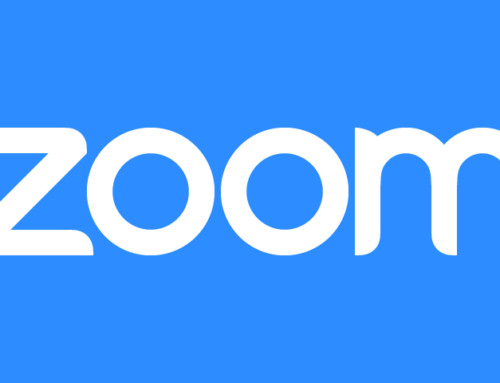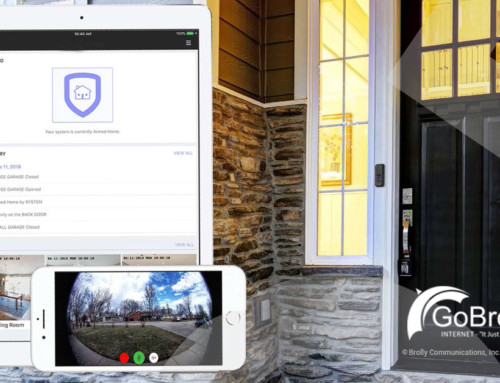The Amount of Data and Bandwidth Required for Web Browsing and Social Media
“Surfing the Internet” is a phrase that needs no explanation. In fact, there’s an entire generation who have never known a time when the Internet didn’t exist. Web browsing has become a vital part of people’s day, from simply finding a restaurant, to reading the latest news and checking in on social media*.
How much data does web browsing really use?
For the most part, web page browsing, or surfing, does not use much data or bandwidth. A normal web page is typically less than 3 MB (Megabytes) in size and will download in seconds or less. A typical person can read a normal web page in one minute.
To put that in perspective in terms of what Internet package is best suited for web browsing, let’s look at a case where a person uses the Internet for 8 hours a day, every day of the month. This breaks down to:
- 60 minutes X 8 hours = 480 minutes per day
- 480 minutes per day X 30 days a month = 14,400 minutes per month
- 14,400 minutes per month X 3 MB per web page = 43,200 MB per month
- 43,200 MB per month = 43 GB per month
Therefore, a data plan of about 45 GB and a bandwidth connection of 3 Mbps x 1.5 Mbps or better would be sufficient. If two people are doing this at this same time, this would double the GB and the speed requirements.
Most residential homes do not have more than one person web browsing 8 hours a day at the same time. But let’s say that in the evenings, when kids are home and people are relaxing after dinner, you have a 2-hour window where there may be 4 people surfing the web or on social media* at the same time. This would be considered 8 hours. The data would remain the same; however, the speeds would need to be quadrupled for these four people to have a satisfying user experience. So instead of 3 Mbps down and 1.5 Mbps up, you may want to consider 9 Mbps down and 4.5 Mbps up.
*Social Media is simple web browsing unless there are videos. If you are scrolling through a social media platform, i.e. Facebook, TikTok, Instagram, and you play a video, you are downloading more data and therefore require more bandwidth.






